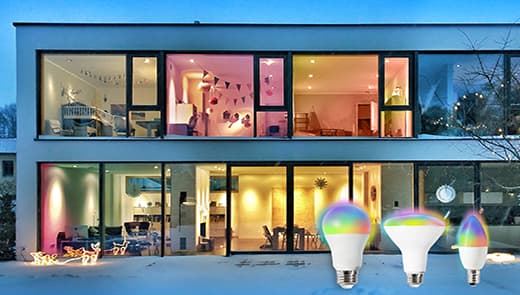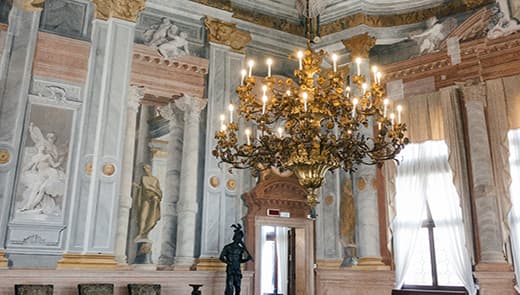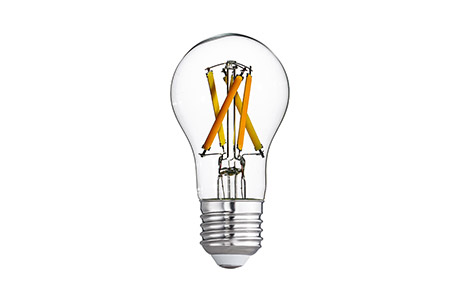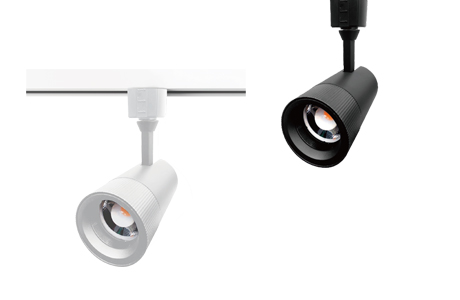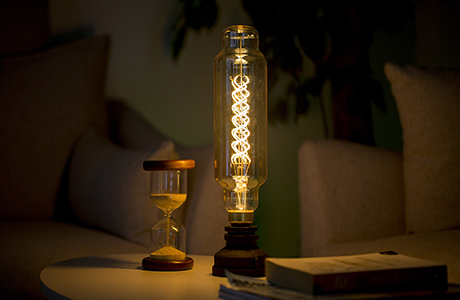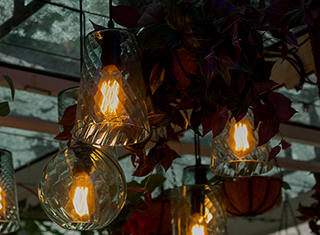What Does an LED Light Bulb Mean? How is It Different from Traditional Light Bulbs?
In the process of house decoration, the choice of lamps is also a part of the choice of decoration materials. Usually, incandescent lamps and LED light bulbs are in our choice range.
So what is a LED light bulb? What are the differences between traditional light bulbs and LED light bulbs? What are the classifications of LED light bulbs? Let us share with you one by one!
1. The difference between traditional light bulbs and LED lights
Lamps are household items that everyone needs to use in their homes, but many people don't know the difference between the current LED light bulbs and traditional light bulbs. Which one has a longer service life? Is there any harm to eyesight?
An incandescent lamp, commonly known as a tungsten filament lamp, is a lamp that uses resistance to heat a thin wire (usually tungsten wire in modern times) to incandescent light through energization. The periphery of the incandescent bulb is made of glass, and the filament is kept under a vacuum or a low-pressure inert gas to prevent the filament from oxidizing at high temperature.
Heat is generated when the current passes through the filament (tungsten filament, with a melting point of more than 3000 degrees Celsius), and the spiral filament continuously gathers the heat, making the temperature of the filament above 2000 degrees Celsius. When the filament is in an incandescent state, it emits light just like red-hot iron can emit light.
The life of an incandescent lamp is related to the temperature of the filament, because the higher the temperature, the easier it is for the filament to sublimate. The blackening process at both ends of the lamp is: the sublimation of the tungsten wire directly turns into tungsten gas. When it is thin, it is easy to burn out after power on, thus ending the life of the lamp, so the damage rate of incandescent lamps is very high.
2. What is an LED light bulb?
LED is the abbreviation of "Light-Emitting Diode". It is a solid-state light-emitting element made of semiconductor materials that converts electrical energy into light. The principle is to use the combination of electrons and electric energy, and the excess energy is released in the form of light to achieve the effect of luminescence, which belongs to cold luminescence. However, although the LED light bulb emits light coldly, the surface of the bulb is not hot, but in order to convert electricity into light, a heat sink must be installed. But the life of LED light bulbs will be much longer than other bulbs, which is his biggest feature.
As for the lifespan of energy-saving light bulbs, since their principle is the same as that of fluorescent lamps, there will be a problem of light decay. After one year of use, they will become less and less bright, and they will easily break down when encountering water vapor. It is recommended not to install them in bathrooms or kitchens, etc. A place prone to moisture. As for LED light bulbs, because of the heat sink, they are not suitable for installation in a closed lampshade.
LED light source products are different from traditional light bulbs. The light emitted by LEDs contains more blue wavelength light, and blue wavelength light will cause harm to humans.
According to the evaluation report made by the European Union of Luminaire Companies (ELC) and the European Luminaire Manufacturers Association (CELMA), which represent the European lighting industry, the photobiological safety level of LED lights is no different from that of traditional tungsten bulbs and light tubes. Compared with other products, the proportion of blue light contained in the light emitted by LED lamps is no different from that of lighting products using other lighting technologies.
LED was born to replace traditional light bulbs and lighting, so basically household light sources can be replaced by any light source we can see. Basically, household light bulb lamp holders can be divided into E27. The lamp holders of general bulbs are shared.
The luminous efficiency of LED light bulbs is higher than that of incandescent lamps and fluorescent lamps. Theoretically, the lifespan is very long, and the light can reach 100,000 hours. The actual product is basically 30,000-50,000 hours, which is enough for household use; no ultraviolet and infrared radiation; Does not contain lead, mercury and other polluting elements. It has the obvious advantages of energy saving, environmental protection and health.
Traditional incandescent lamps are closest to sunlight, and have good color rendering, with a color rendering index of 99-10; they are cheap. Although traditional incandescent lamps are low in price and good in color rendering, they consume a lot of power and have a short lifespan. Most of the power is used for heating. The new light source whose performance is far lower than that of the new generation has been asked to withdraw from the market gradually.
 English
English  français
français  Deutsch
Deutsch  Español
Español  italiano
italiano  русский
русский  dansk
dansk  Polska
Polska  Svenska
Svenska  Ελλάδα
Ελλάδα  Nederland
Nederland 

